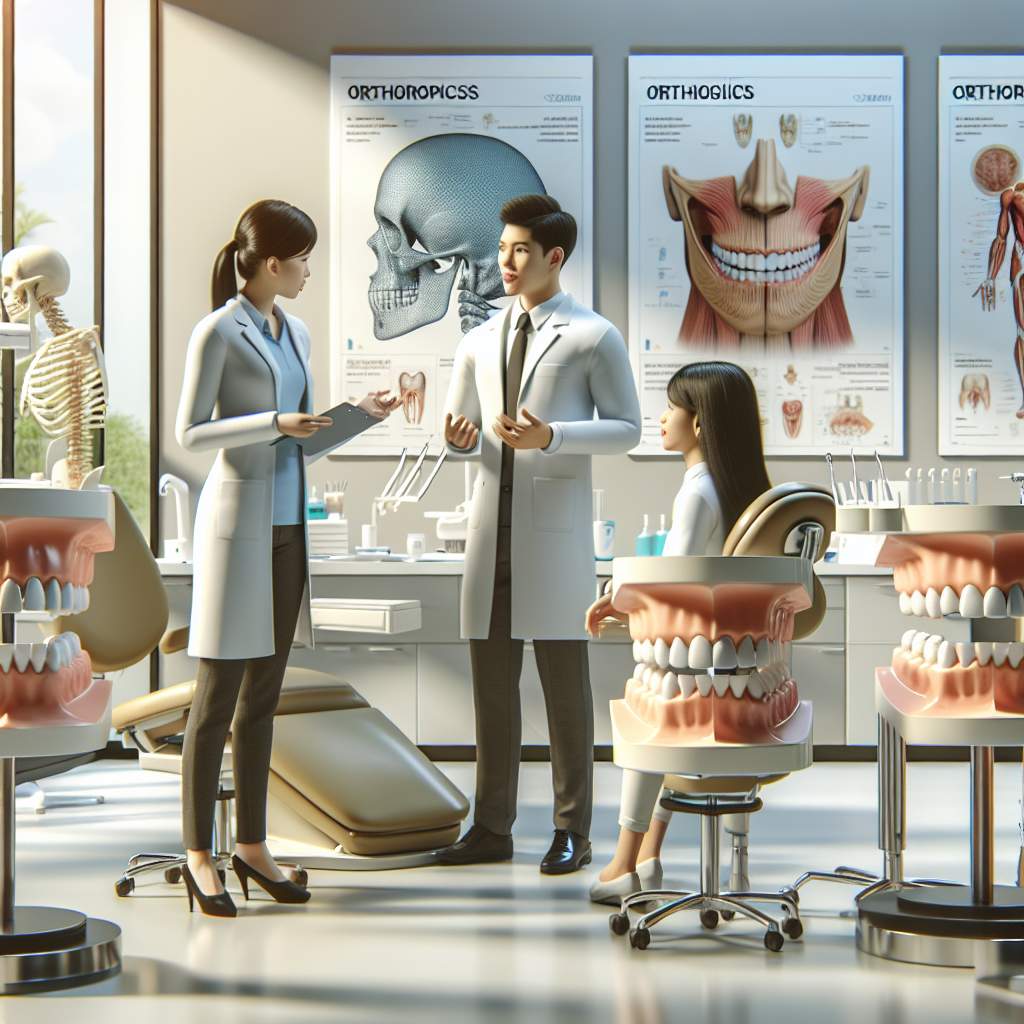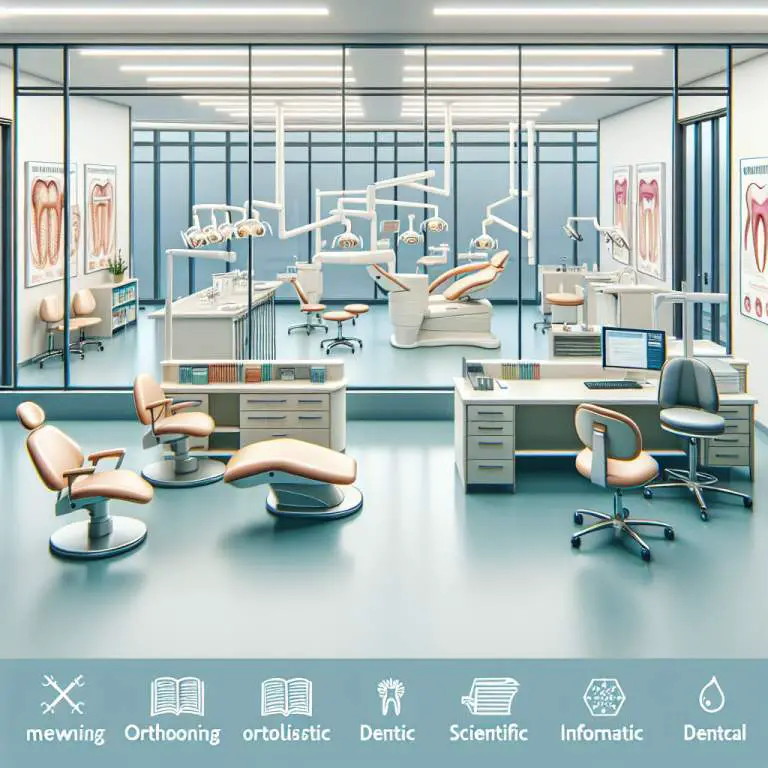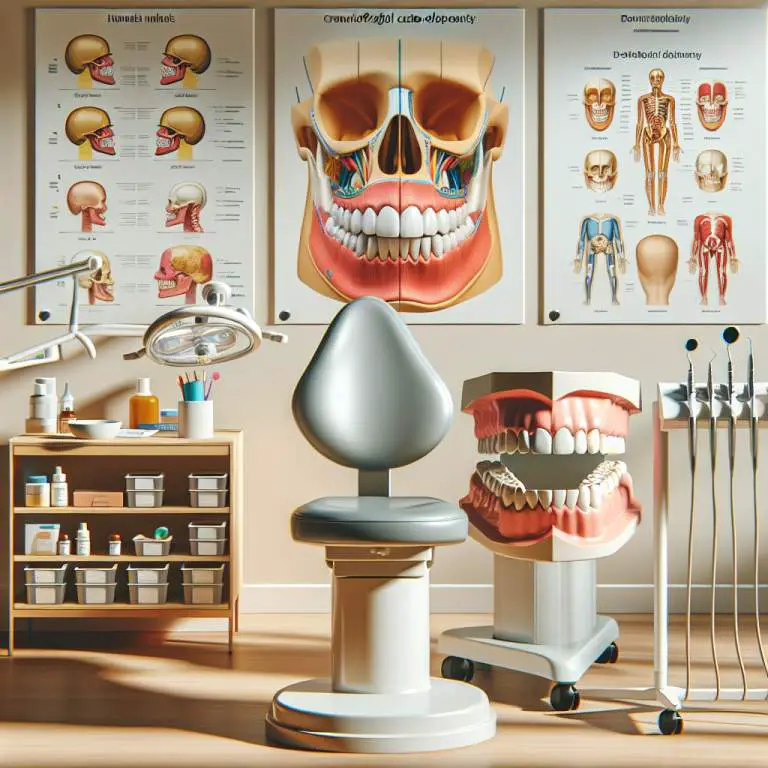What is the scientific consensus on mewing among dental professionals?
The scientific consensus among dental professionals on mewing, a technique that involves pushing the tongue against the roof of the mouth to potentially improve facial structure, is mixed. Many experts argue there is limited scientific evidence to support its effectiveness for significant facial changes in adults. However, some acknowledge it may have benefits in promoting proper tongue posture and possibly aiding in breathing and speech issues. Overall, the dental community calls for more research to fully understand its impacts.

How does mewing purportedly influence facial structure?
Mewing is a technique that some people believe can change the shape of your face. It involves placing your tongue against the roof of your mouth and keeping it there as much as possible. The idea is that this position can help align your jaw and teeth better over time.
Supporters of mewing say that it can make your jawline look more defined, your chin stronger, and even improve the way you breathe. They think that by changing how you hold your tongue, you can slowly change how your face looks. However, it’s important to remember that everyone’s face is different, so what works for one person might not work for another.
What are the origins of mewing and who advocates for it?
Mewing was named after Dr. John Mew, a British orthodontist who came up with this idea. He noticed that certain postures of the tongue and mouth could potentially influence facial development. His son, Dr. Mike Mew, has also been a big supporter of this technique and has helped spread the word about it through videos and talks.
The concept isn’t new but has gained more attention in recent years thanks to social media. People share their own experiences with mewing online, showing before-and-after pictures to demonstrate how it has changed their faces. While not all dentists or orthodontists agree with the Mews’ ideas, they have certainly created a community of followers who believe in the benefits of mewing.
Are there any peer-reviewed studies supporting the efficacy of mewing?
Finding scientific research on mewing is tough because there aren’t many studies out there specifically about this technique. Most of what we know comes from personal stories or smaller observations rather than large-scale scientific studies.
Some experts argue that while the theory behind mewing makes sense—like how holding your tongue in a certain way could affect your jawline—there’s still not enough solid evidence to prove it works for everyone. Until more research is done, we won’t know for sure how effective mewing really is.
How do dental professionals approach non-traditional methods like mewing?
Dental professionals tend to be cautious when it comes to non-traditional methods like mewing. Since there isn’t a lot of scientific evidence backing up its effectiveness, many dentists and orthodontists prefer sticking to well-established treatments that have been proven to work over time.
However, some dental professionals are open to exploring new ideas and techniques if they believe it could benefit their patients. They might not recommend mewing as a primary treatment but could see it as something worth trying alongside other methods. Ultimately, they want what’s best for their patients’ health and will guide them towards treatments with strong evidence behind them.
| Aspect | General Opinion in Dental Community |
|---|---|
| Efficacy for Jawline Enhancement | Mixed; some anecdotal evidence but lacks scientific backing |
| Impact on Oral Health | Potentially beneficial for tongue posture, but more research needed |
| Risks or Side Effects | Minimal if done correctly, but improper technique can lead to issues |
| Recommendation for Practice | Not widely recommended due to lack of substantial evidence |
| Alternative Treatments Suggested | Orthodontics, surgery, and other dental procedures with proven results |
What criticisms or concerns do experts have about mewing?
Some experts worry that mewing might not work for everyone. They say that the idea it can change adult faces is not proven. People’s bones stop growing after a certain age, making big changes hard.
Others think that focusing too much on mewing could ignore real problems. For example, if someone has trouble breathing or chewing, they need to see a doctor. Mewing might not fix these issues.
Can mewing cause harm or have unintended consequences?
If done wrong, mewing could cause some problems. Some people might push their tongue too hard against their teeth. This can hurt their teeth or change how they fit together.
Also, trying too hard to keep the tongue in a certain position could strain muscles. This might lead to pain in the jaw or face. It’s important to be careful and not overdo it.
What alternative methods do professionals recommend for similar outcomes?
Dentists and orthodontists often suggest braces or clear aligners for straightening teeth. These methods are tested and safe. They can make sure your teeth line up right and look good.
For issues with the jaw or face shape, surgery might be an option for adults. Doctors can give advice on what’s best. There are ways to help without relying on unproven techniques like mewing.
Final Thoughts
Mewing has become popular online, but it’s important to be cautious. Not everything we read on the internet is true or safe for everyone.
Talking to a professional is always a good idea if you’re worried about your health or appearance. They can help you find the best way to reach your goals safely.







